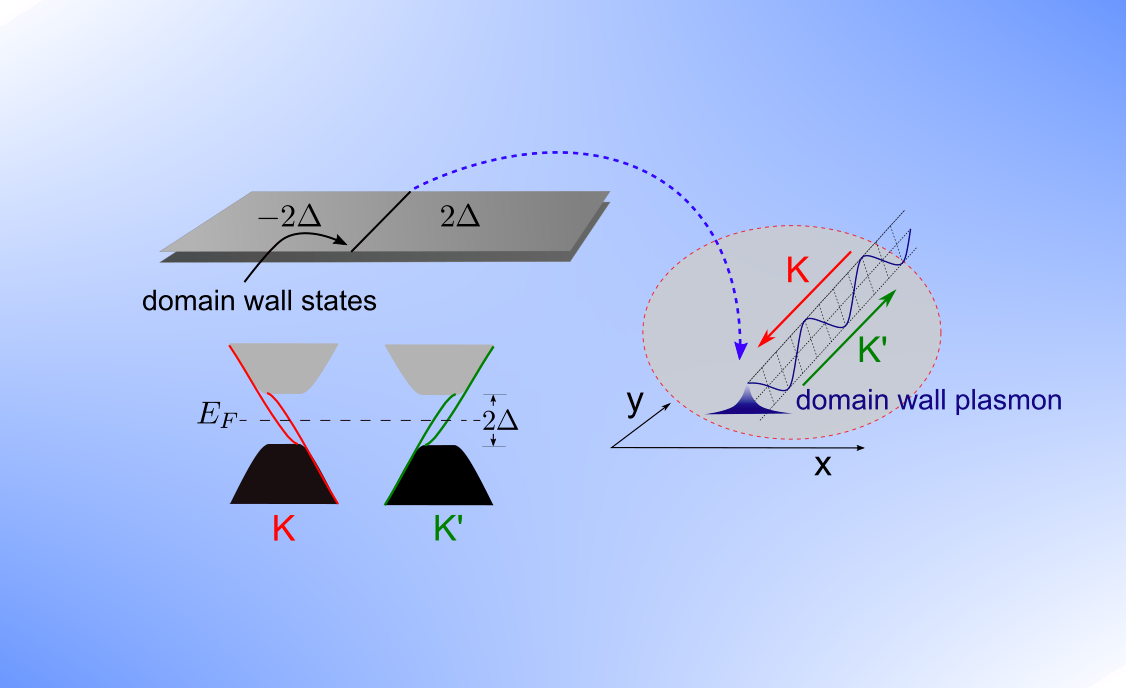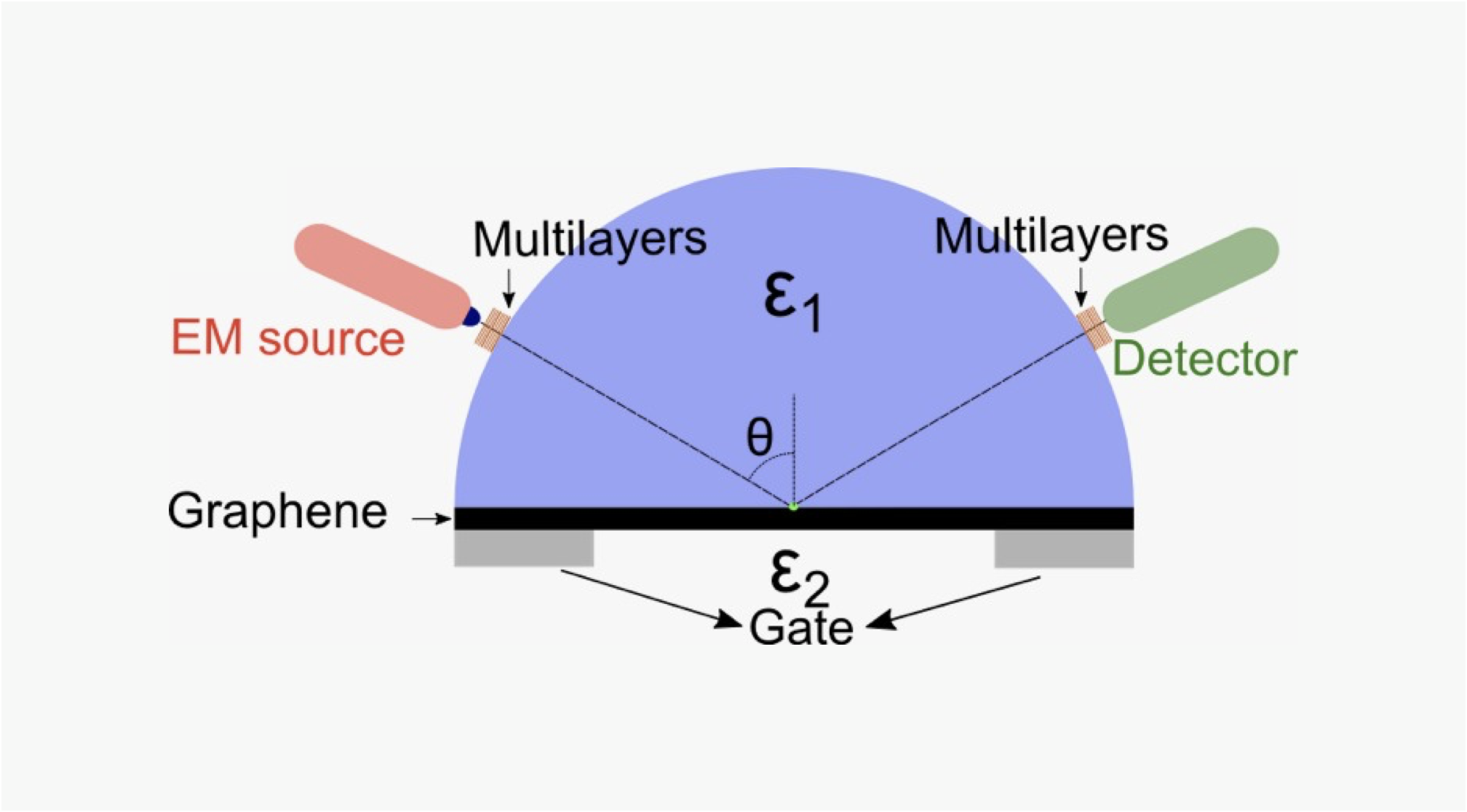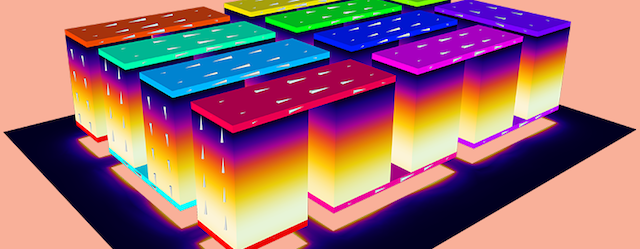#1
Quantum Matter Theory
This subgroup has interest in ...

Fundamental Properties of Materials --- We investigate physical properties of materials to understand their fundamental interactions and dynamics. These properties will be useful for material characterization, advanced opto-electronics, and energy harvesting. We perform calculations using simple yet analytically tractable models or the realistic first-principles methods. We studied dynamics of electrons and crystal vibration (phonons) induced by light, magnetic field, temperature gradients and so on. From these we can extract rich optical and transport properties of materials. Recently, we are interested in the dynamics of electrons caused by twisting of their wave functions leading to unconventional transport such as, transverse motion without magnetic field. This novel behavior --- dubbed as the electron topology --- bridges the manipulations of charge, spin, and helicity degrees of freedom and will transforms the current opto-electronics. We published sole theoretical works as well as combined theory-experimental efforts.

Optical Properties --- We investigate the optical properties of low-dimensional materials such as graphene and carbon nanotubes (CNTs). We are interested in the calculations of the optical absorption, in particular the circular dichroism and valley polarization phenomena, and also the surface plasmon in low-dimensional materials. Due to the tunability of the Fermi energy of the low-dimensional materials, the optical properties can be controlled by the Fermi energy, too, which finds applications in the tunable photodetectors or the optical switches. Moreover, we discuss the methods to increase the optical absorption, either by doping or by using special geometry that enhances the light-matter interaction. We perform the calculations by combining the analytical and computational methods, from which the optical properties are obtained. Recently, we are interested in the optical control of the degrees of freedom of material, such as electron’s spin, valley-spin nd pseudo-spin, which opens up the possibility for electronic devices that consume less energy than the conventional ones.

Thermoelectric --- Thermoelectric (TE) materials are a class of materials that can directly convert heat into electricity. The efficient TE materials should be thermally inert while electrically conducting at the same time. These requirements provide researchers a challenge in designing TE materials because the electrons transporting charges in conventional metals also carry heat. Our group works on the development of high-performance TE materials of perovskite-oxide materials, 2D materials, and topological materials. The performance of TE materials can be expressed by the TE figure of merit (ZT) that is composed of several materials properties such as the Seebeck coefficient, the electronic conductivity, and thermal conductivity. We use various computational tools such as density functional theory, tight-binding method, and Boltzmann transport equation to study the electron and phonon transport mechanism for improving the TE properties of materials.